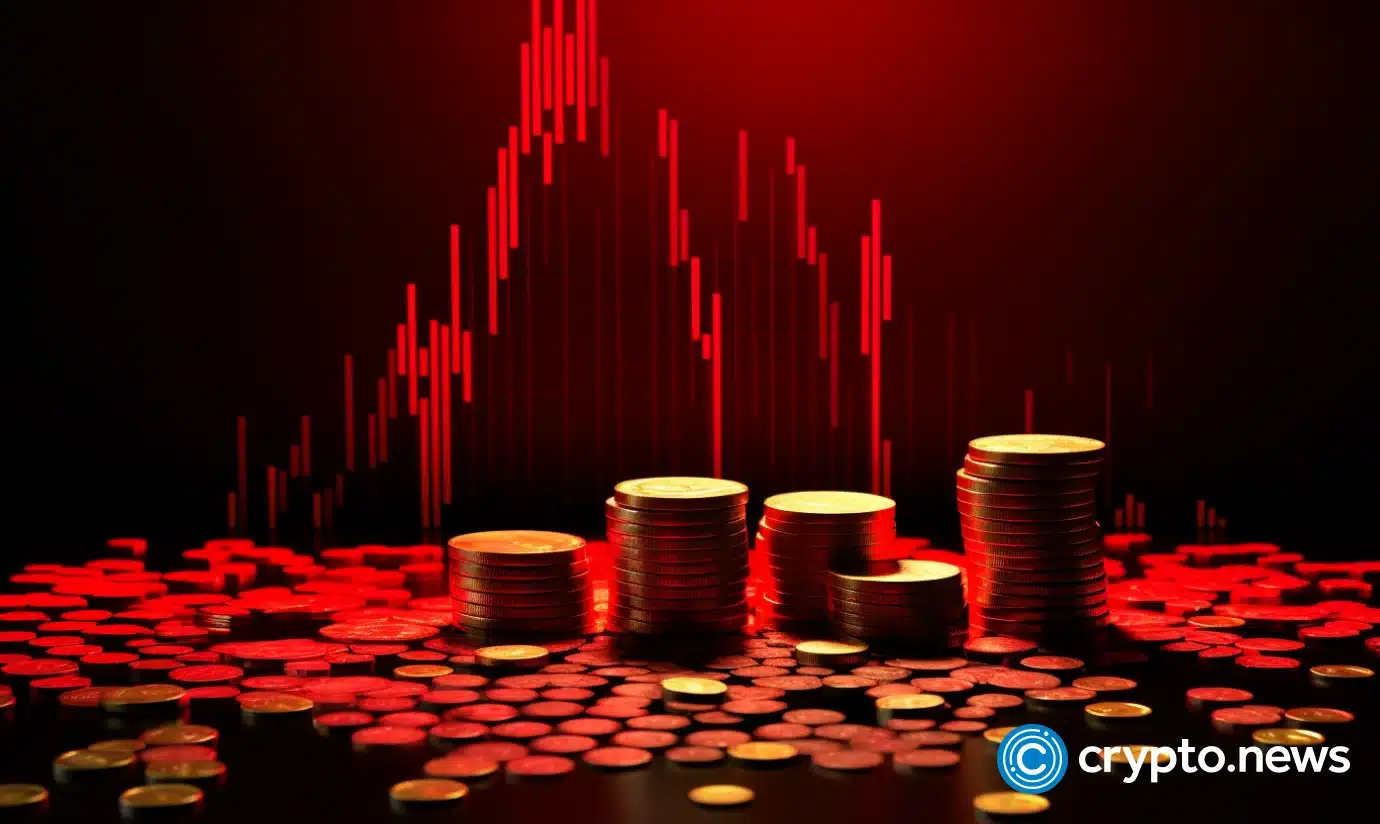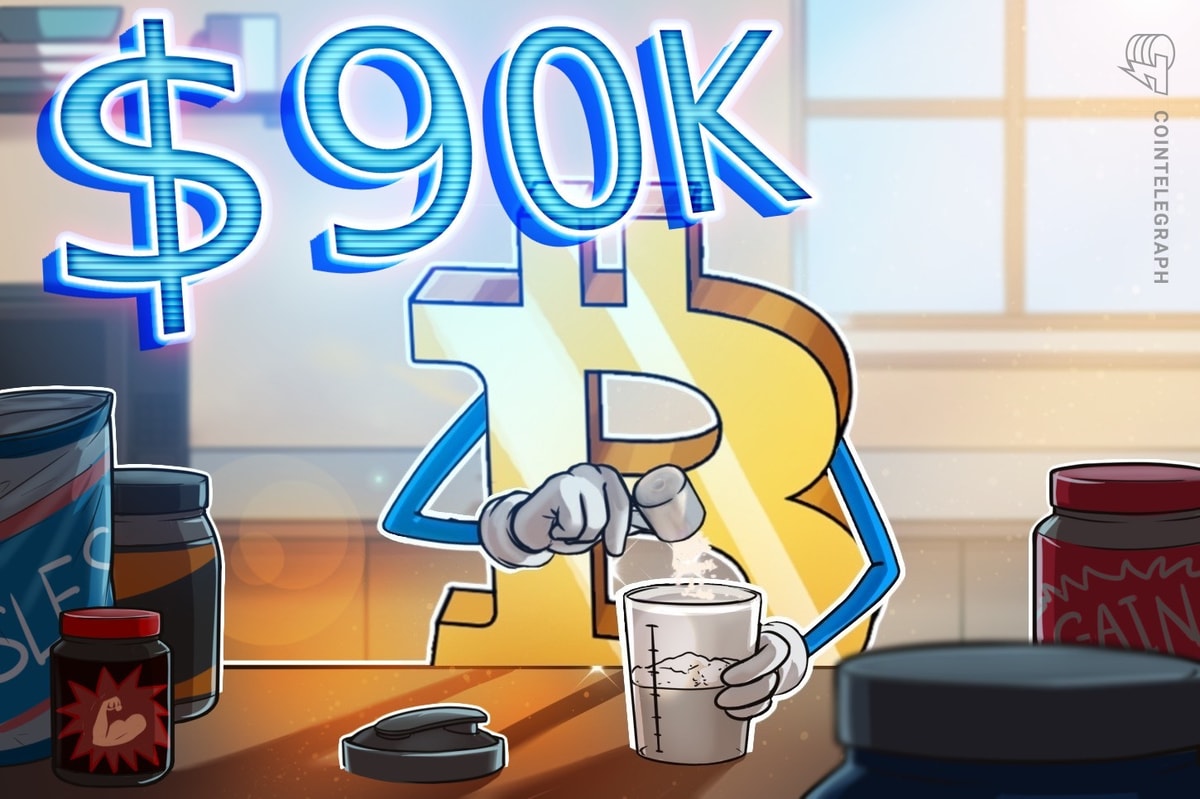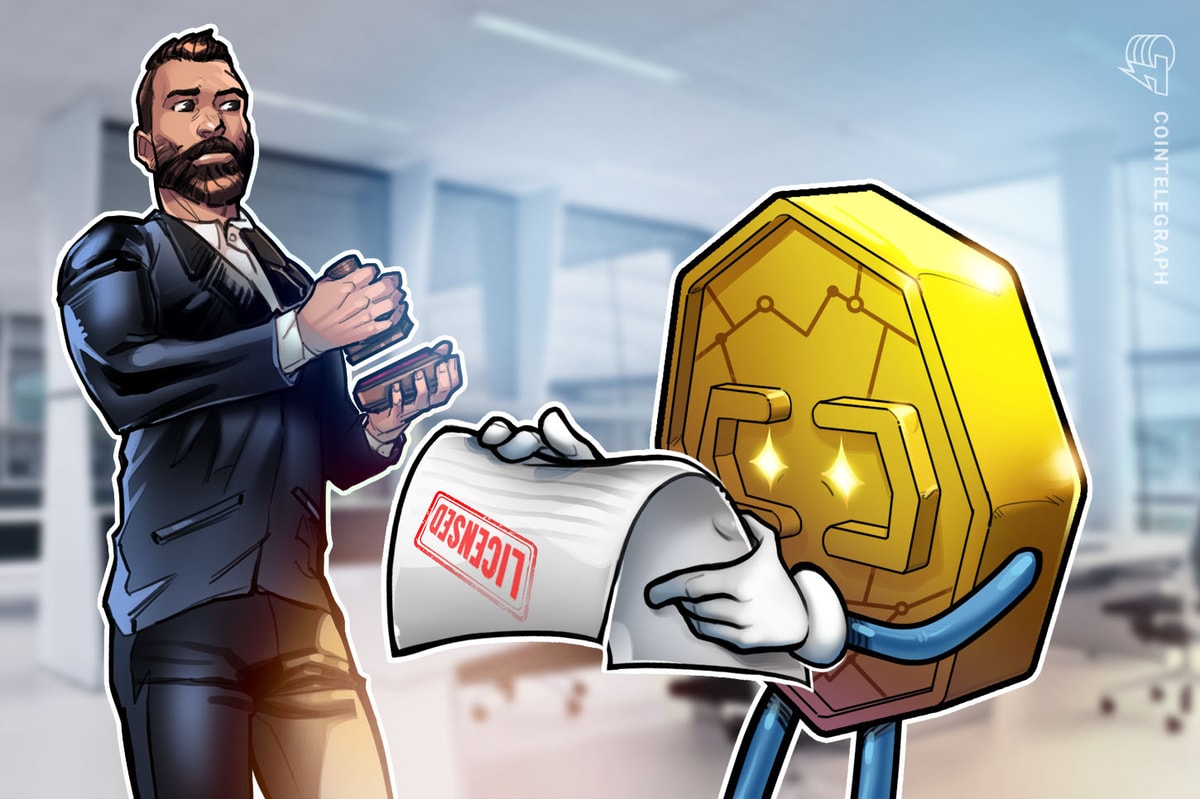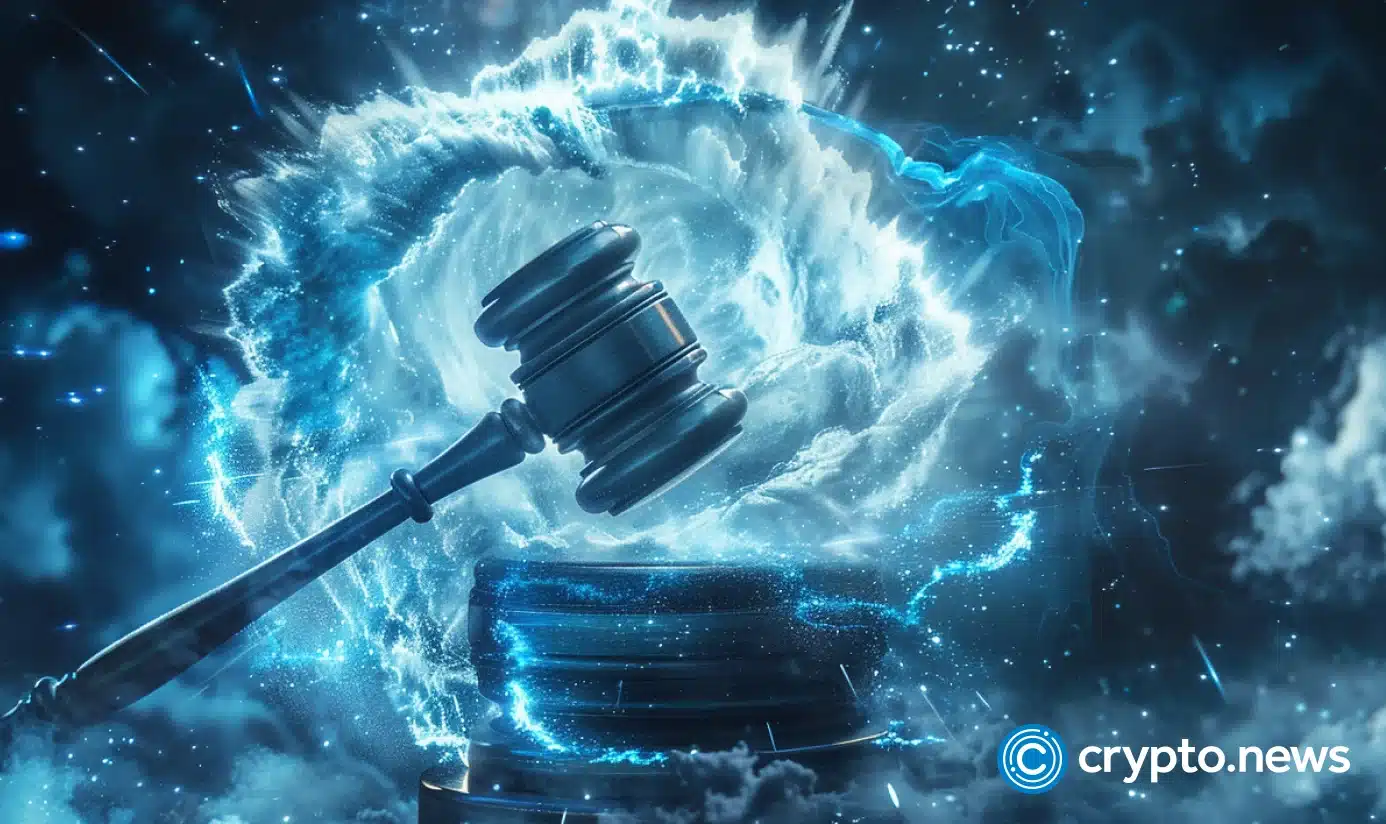Decentralized finance, or DeFi, continues to grow in leaps. It’s transforming the way people interact with money and financial instruments. Whats getting a lot of focus currently is DeFi derivatives. They are complex financial products built using blockchain technology. They bring in such financial instruments as options trading, futures contracts, and synthetic assets into a decentralized world. But what does that imply?
This article will explain what DeFi derivatives are, how they work, and why they matter. Even if you’ve never traded or used financial tools before, don’t worry. We’ll keep it simple, clear, and practical.
What Are DeFi Derivatives?
In traditional finance, derivatives are contracts based on the price of an asset. That asset could be anything – gold, oil, stocks, or even another currency. You don’t own the asset directly. You just bet on its future price.
Now, in DeFi, these contracts are on the blockchain. This makes them open, borderless, and not controlled by banks. Smart contracts handle the rules and operations. You can trade them anytime using decentralized exchanges (DEXs) like dYdX, GMX, or Synthetix.
Let’s look at the main types of DeFi derivatives:
Derivative Type | Description | Example Use Case |
Futures contracts | Contract to sell/purchase an asset on a future date at a pre-agreed price | Lock in ETH price for future purchase |
Options trading | Right (not obligation) to buy/sell at a set price before expiry | Hedge against price drops in crypto |
Synthetic assets | Tokens that copy the price of real-world assets | Invest in Tesla stock without using fiat |
Why Are DeFi Derivatives Important?
DeFi derivatives bring many benefits to both traders and regular users. Here are some reasons why they are becoming popular:
- Access to global markets: Anyone with a crypto wallet can use them. No need for banks or brokers.
- 24/7 trading: Unlike traditional markets, DeFi never stops.
- More tools for risk control: With options trading or futures contracts, users can manage risks better.
- Lower fees: Many DEXs charge less than centralized platforms.
- Synthetic assets open up investment in stocks, commodities, or currencies using only crypto.
DeFi Derivatives 2.0: What’s New?
The first wave of DeFi derivatives focused on basic trading tools. Now, with DeFi Derivatives 2.0, we are seeing more advanced and user-friendly features.
Here are some trends defining this next phase:
1. Composability
DeFi tools are like Lego blocks. For example, you could combine synthetic assets with lending platforms to earn passive income.
2. Improved user interfaces
Earlier platforms were hard to use. Now, DEXs like Kwenta and Lyra offer sleek dashboards. They make options trading and futures contracts easier, even for beginners.
3. More asset types
Today, DeFi doesn’t stop at crypto. You can trade synthetic versions of stocks, indexes, and even real estate prices.
4. Lower collateral requirements
New protocols are finding ways to reduce how much money you need to open a trade.
Use Case Example: Hedging with DeFi Derivatives
Let’s say you hold 1 ETH, and its price is currently $3,500. You think the price might fall. You don’t want to sell your ETH, but you also want to protect your value.
Here’s how options trading can help:
- You buy a put option that enables you to sell ETH at $3,500 even when the price decreases
- If ETH falls to $3,000, you can still sell it for $3,500 using the option.
- You’ve reduced your loss without selling your crypto.
This is a real strategy used in traditional markets.
Risks and Challenges
DeFi derivatives have enormous potential but also come with risks. New users should understand these before diving in:
- High volatility: Crypto prices change fast. This can cause sudden losses if you’re not careful.
- Liquidation risks: With futures contracts, if the price moves against you too far, your position may be closed.
- Smart contract bugs: Since everything runs on code, flaws in smart contracts can be exploited.
- Low liquidity: Some derivatives don’t have enough buyers and sellers, making it harder to exit trades.
To stay safe, always do your research. Start small, use testnets when possible, and double-check contract addresses.
Future Outlook
DeFi derivatives will likely keep growing as more people and institutions join the ecosystem. We expect to see:
- More decentralized exchanges focused only on derivatives.
- Tools for automating strategies using AI and machine learning.
- Better regulation and clarity, especially in regions like the USA and India.
- Increased adoption of synthetic assets to bring traditional markets into the blockchain world.
As blockchain continues to mature, DeFi Derivatives 2.0 might become a strong alternative to Wall Street tools.
DeFi derivatives are creating a new page in decentralized finance. Options trading, futures contracts, and synthetic assets are mechanisms that allow risk management, speculation, and investment – without middlemen and banks.
Thanks to decentralized exchanges and smart contracts, customers are more independent in their financial decisions. Risks are there, but benefits are evident. With platforms more mainstream-friendly and secure, DeFi derivatives could be integrated into the mainstream financial system.
Whether new to crypto or an existing trader, now is the ideal time to find out what DeFi Derivatives 2.0 can provide.
Remember, investing in cryptocurrencies involves risks, and it’s important to conduct thorough research and seek professional advice before making any financial decisions. (Please keep in mind that this post is solely for informative purposes and should not be construed as financial or investment advice.)

















 English (US) ·
English (US) ·